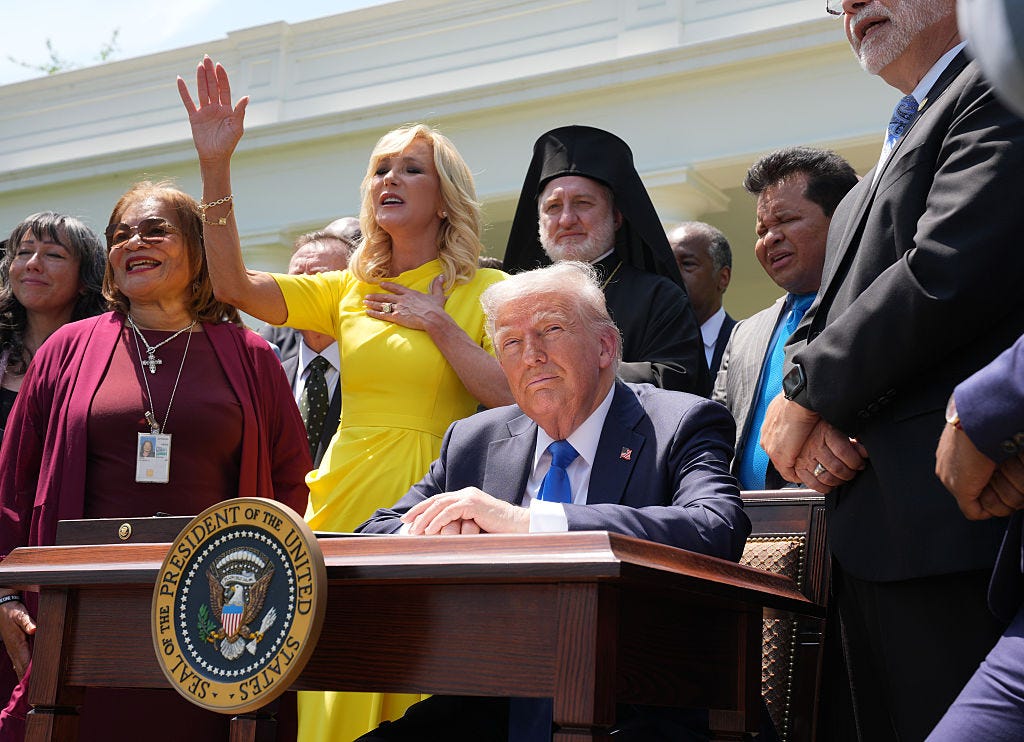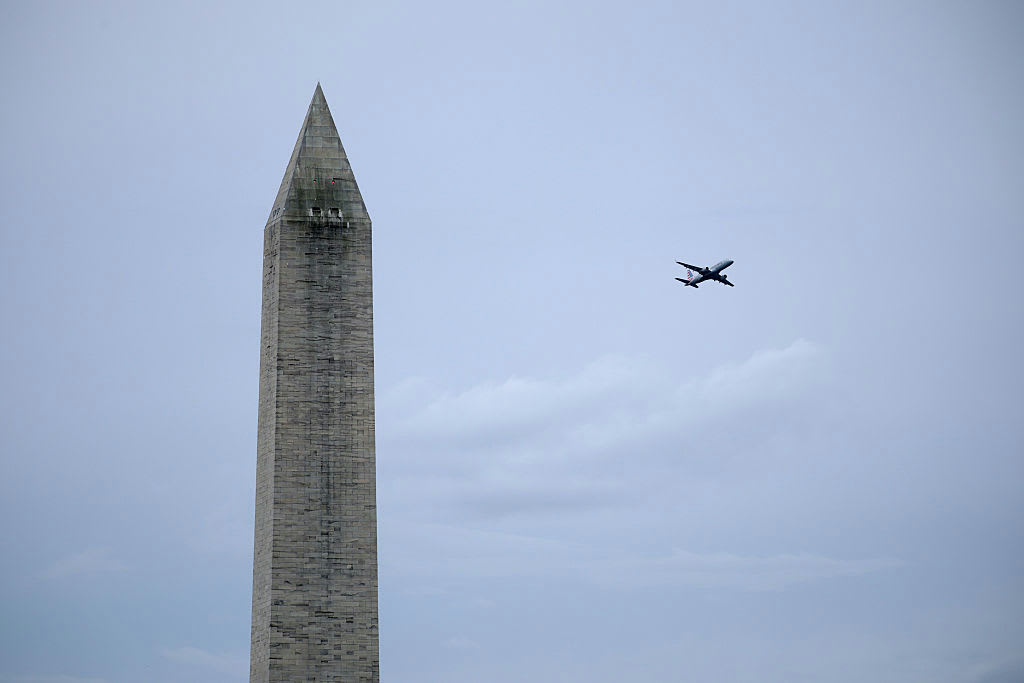Hiring stalled in November, with businesses adding only 210,000 jobs
Job growth stalled in November, with employers adding a disappointing 210,000 jobs last month, the Labor Department said Friday. That represents a sharp slowdown from October, when companies added more than twice that number of new hires.
Economists had forecast that employers had hired around 535,000 workers last month. The unemployment rate fell to 4.2% from 4.6% in October, the Labor Department said on Friday, as more Americans returned to work. Indeed, the labor force participation rate edged up to 61.8% in November, the most since the pandemic started in early 2020.
Millions of Americans have been slow to return to the job market, with about 4.7 million fewer people in the labor force than prior to the pandemic. Employers are raising wages to attract job candidates, but some workers may still be hesitant to return to work given high COVID-19 rates across much of the nation due to the Delta variant.
"Even though Delta is off its September peak, cases are still very high, and that might have impacted COVID-sensitive industries like retail and hospitality," said Daniel Zhao, senior economist at employment site Glassdoor.
The surveys for the November employment report were taken before reports of the Omicron variant first surfaced in Africa, but the new strain of COVID-19 has the potential to create headwinds for the job market in December and later, Zhao noted.
"There are still a lot of unanswered questions about the Omicron variant, but the lesson learned is that the pandemic is in the driver's seat" when it comes to job growth and the economy, he noted.
Rising infection rates, related to the Delta variant, likely impacted job growth last month, analysts noted.
"The disappointing 210,000 gain in non-farm payrolls in November suggests the labor market recovery was faltering even before the potential impact of the new Omicron variant, possibly as a result of the rising infection rates in the Northeast and Midwest," Andrew Hunter, senior U.S. economist with Capital Economics, said in a Friday report.
Previously low monthly jobs numbers have been revised upwards by the Labor Department.
Bigger labor force
Even so, there were bright spots in the report, analysts noted. For one, the labor force participation rate — reflecting the share of adults who are working — rose to 61.8% in November, an increase of two-tenths of a percentage point. That indicates that more people are getting off the sidelines and returning to work.
"The good news is that the unemployment rate dropped for all the right reasons," Nick Bunker, economic research director at Indeed, said in an email. "Joblessness fell quite a bit, with the employment rate and labor force participation rate going up."
He added, "The prime-age employment-to-population ratio accelerated again in November, rising by half a percentage point. If it keeps up its current pace, this metric will hit its pre-pandemic level in May of next year."
Wages also jumped as employers offered more pay to lure workers from the sidelines, with average hourly earnings increasing by 4.8% from a year earlier.
Positive sign
Black workers saw an improvement in their employment situation, with the Black unemployment rate dropping to 6.7% in November from 7.9% in the prior month. The jobless rate for Black workers has remains higher than that for White employees, with the latter at 3.7% in November, but the decline is a positive sign, analysts noted.
"Overall, seeing the Black unemployment rate drop significantly is a good sign that a rising tide lifts all boats," Zhao said.
Of the people who aren't working, only about 1.7 million are actively looking for work and so are classified as unemployed. The remaining 3 million are no longer job hunting: about half of them retired, and many of the others are parents who dropped out due to child care issues and therefore aren't counted as unemployed.
The government classifies people as unemployed only if they're actively seeking work.
—The Associated Press contributed to this story.





